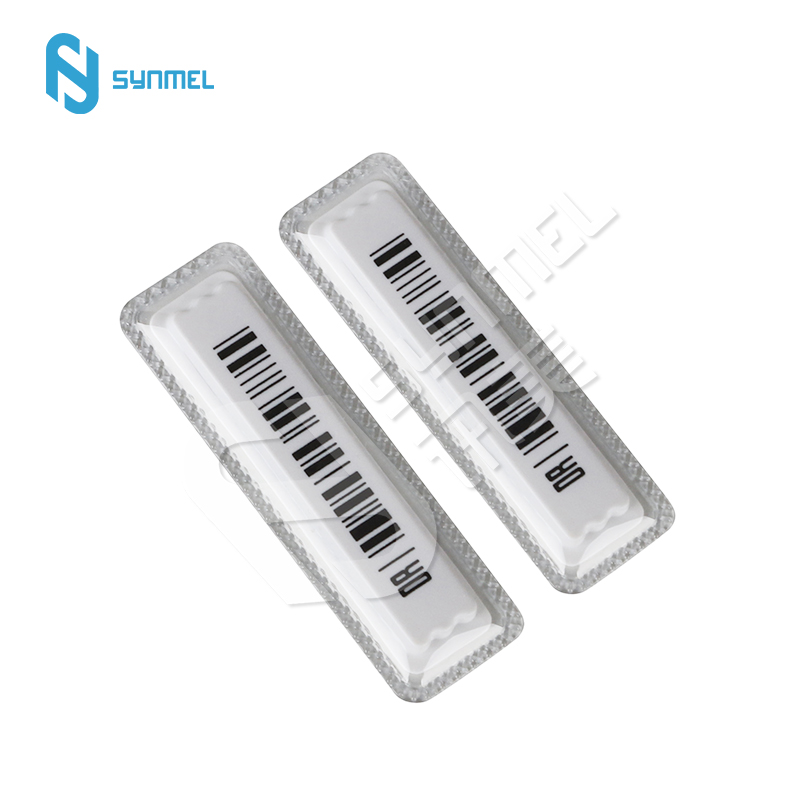- English
- Español
- Português
- русский
- Français
- 日本語
- Deutsch
- tiếng Việt
- Italiano
- Nederlands
- ภาษาไทย
- Polski
- 한국어
- Svenska
- magyar
- Malay
- বাংলা ভাষার
- Dansk
- Suomi
- हिन्दी
- Pilipino
- Türkçe
- Gaeilge
- العربية
- Indonesia
- Norsk
- تمل
- český
- ελληνικά
- український
- Javanese
- فارسی
- தமிழ்
- తెలుగు
- नेपाली
- Burmese
- български
- ລາວ
- Latine
- Қазақша
- Euskal
- Azərbaycan
- Slovenský jazyk
- Македонски
- Lietuvos
- Eesti Keel
- Română
- Slovenski
- मराठी
- Srpski језик
Material requirements for waterproof AM labels
2025-05-08
The material requirements of waterproof AM labels usually need to consider the following aspects to ensure that the labels can maintain good performance and durability in humid environments or when exposed to moisture:
1. Water resistance
Material requirements: The substrate of the label should be selected from materials with good waterproof performance. Common waterproof materials include polyethylene (PE), polypropylene (PP), polyester (PET), PVC, etc. PET and PVC are often used in applications with high waterproof requirements because they have strong resistance to water and moisture.
Coating: The surface of the label can be coated with a waterproof coating, such as polyurethane (PU) coating or polyester coating, to further enhance the waterproofness.
2. Anti-metal performance
Waterproof AM labels need to have anti-metal performance to ensure that they can still adhere well and work properly on metal surfaces. Usually, materials that are resistant to metal interference are used, such as specially designed magnetic or electronic tags. Anti-metal labels can work properly in metal environments and will not be interfered by metal objects.
Shielding layer: A shielding layer may need to be added to the label design to ensure that the label signal is not attenuated or interfered with on the metal surface.
3. High and low temperature resistance
Waterproof AM labels usually need to withstand certain temperature changes, especially in industrial environments. The substrate and coating should be resistant to high and low temperatures to adapt to different temperature environments. Polyester (PET) materials generally have good temperature resistance.
Thermal stability: The printing ink and adhesive of the label also need to be temperature resistant to ensure that they will not fade or fall off at high temperatures.
4. Wear resistance
The surface of the label should have a certain degree of wear resistance to prevent damage during long-term use or friction. Common wear-resistant materials include polyester (PET) and polyurethane coatings, which can provide good scratch resistance.
5. UV resistance
If the label needs to be exposed to sunlight for a long time, ultraviolet (UV) resistance is a factor that must be considered. UV-resistant materials prevent the label from fading or degradation, thereby extending the service life of the label.
UV protective coating: Some labels will use UV protective coating to enhance resistance to ultraviolet rays.
6. Adhesion
The adhesive of the waterproof AM label should have excellent adhesion, be able to adhere stably on various surfaces, and will not easily peel off in a humid environment.
Water-resistant adhesive: Use special water-resistant adhesives, such as hot melt adhesive, pressure-sensitive adhesive or acrylic adhesive, to ensure that the label can still be firmly attached under water or humid conditions.
7. Printing quality
The printed pattern must be waterproof, weather-resistant and wipe-resistant to ensure that the text, barcode or QR code on the label is still clearly readable under humid conditions.
Summary: The material requirements of waterproof AM labels are mainly concentrated in waterproofness, anti-metal interference, high and low temperature resistance, wear resistance, UV resistance, strong adhesion, etc. Commonly used materials are polyester (PET), polyvinyl chloride (PVC) and polypropylene (PP), and suitable coatings and adhesives need to be selected to enhance the comprehensive performance of the label.




